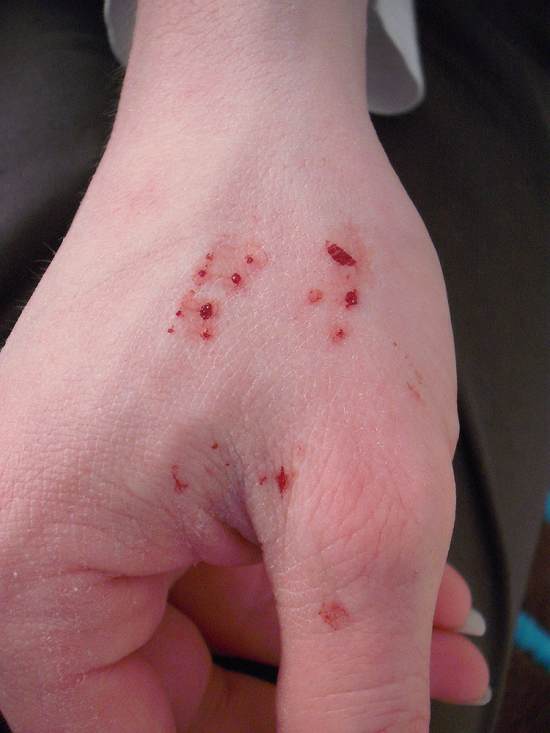

The symptoms of a venomous snakebite may look like other health conditions or problems. Numbness and tingling, especially in the mouth
Boa constrictor bite skin#
The following are the most common symptoms of venomous snakebites:Įxcessive bleeding and difficulty with clotting of bloodįang marks in the skin and swelling at the site of the biteĭiscoloration, such as redness and bruisingĮnlarged lymph nodes in the area affected

What are the symptoms of venomous bites?ĭifferent snakes have different types of venom and symptoms may differ. Coral snakes and imported exotic snakes cause a much smaller number of snakebites. Rattlesnake bites cause most of the venomous bites in the U.S. These include rattlesnakes, copperheads, and cottonmouth (water moccasin) snakes. The most common venomous snakebites are caused by the following snakes: You should:īe able to get to medical help in case of emergencyīe aware that snakes are more active during warmer months If you often spend time in wilderness areas, camp, hike, picnic, or live in snake-inhabited areas, learn the potential dangers posed by venomous snakes. Antivenin, also called antivenom, is a treatment specific to the venom of a particular animal or insect. With the correct treatment (antivenin), you can prevent severe illness or death. This is especially true if you aren't sure of the exact type of snake that bit you. For your safety, treat all snakebites as if they were venomous and get to a hospital emergency room as quickly as possible. each year. Even a bite from a "harmless" snake can cause infection or allergic reaction in some people. According to the CDC, about 8,000 snakebites happen in the U.S.


 0 kommentar(er)
0 kommentar(er)
